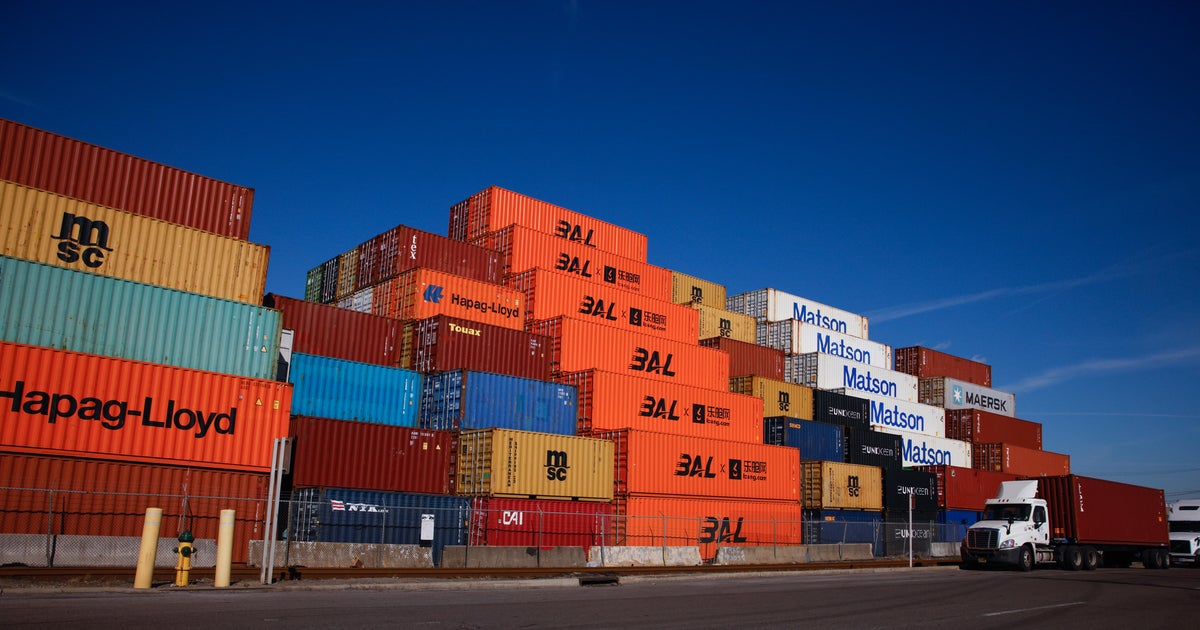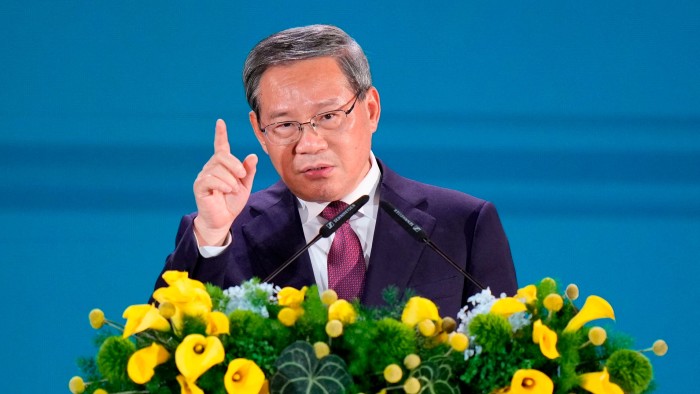How Trump’s New Tariffs Could Reshape Global Trade Dynamics
Former President Donald Trump’s aggressive new tariff policies—including a 104% levy on select Chinese imports—are sending shockwaves through global markets. Announced this week, these measures aim to bolster U.S. manufacturing but risk triggering trade wars, supply chain disruptions, and higher consumer prices. Economists warn the move could accelerate deglobalization, while industries from automotive to electronics scramble to adapt.
Unpacking the Tariff Structure and Immediate Fallout
The tariffs, which target $300 billion worth of Chinese goods, mark Trump’s most dramatic trade policy since his 2016-2020 presidency. Key categories affected include:
- Electric vehicles (EVs): 104% duty, up from 25%
- Semiconductors: 50% tariff, doubling previous rates
- Steel and aluminum: 25% across-the-board increase
“This isn’t just a trade barrier—it’s an economic earthquake,” said Dr. Linda Chen, a senior fellow at the Peterson Institute for International Economics. “For context, the average U.S. tariff rate was 1.4% in 2022. We’re now seeing targeted sectors facing rates comparable to the Smoot-Hawley era.”
Industry-Specific Impacts: Winners and Losers
The automotive sector faces immediate turbulence. U.S. automakers relying on Chinese battery components could see production costs spike by 15-20%, according to BloombergNEF data. Conversely, domestic steel producers like Nucor and Cleveland-Cliffs stand to gain. Their shares rose 7% and 9% respectively following the announcement.
Consumer electronics present another flashpoint. Apple, which manufactures 98% of its iPhones in China, may need to absorb $2 billion in additional annual costs based on Goldman Sachs estimates. Smaller competitors could be forced to raise prices by up to 30%.
The Geopolitical Ripple Effects of Trump’s Tariffs
China’s Commerce Ministry vowed “resolute countermeasures” within hours of the announcement. Analysts predict possible retaliatory actions:
- Export restrictions on rare earth minerals critical for U.S. defense tech
- Targeted tariffs on American agricultural exports, particularly soybeans
- Accelerated trade partnerships with EU and ASEAN nations
“This isn’t 2018 anymore,” noted geopolitical strategist Mark Harrison. “China now holds more cards—they can weaponize their dominance in green tech supply chains or dump U.S. Treasuries. The escalation ladder goes both ways.”
Economic Projections and Long-Term Consequences
The Congressional Budget Office projects these tariffs could:
- Reduce U.S. GDP growth by 0.3-0.5% annually
- Add 1.2 percentage points to inflation over 18 months
- Eliminate 250,000 jobs in logistics and retail sectors
However, Trump economic advisor Peter Navarro argues the pain will be short-lived: “By 2026, we’ll see 2 million new manufacturing jobs and $500 billion in reshored production. Sometimes you need chemotherapy to kill the cancer of dependency.”
Alternative Strategies and Emerging Opportunities
Some corporations are already pivoting. Tesla announced plans to shift battery production to Nevada, while semiconductor firms like Intel are fast-tracking Arizona fab plants. The “friendshoring” trend—moving operations to allied nations like Vietnam and Mexico—has surged 40% since Q1 2024.
Developing countries stand to benefit from trade diversion. India’s electronics exports to the U.S. jumped 28% month-over-month as buyers seek non-Chinese alternatives. Meanwhile, European automakers like Volkswagen are lobbying Brussels for tariff exemptions to capitalize on the U.S. market gap.
What Comes Next in the Global Trade Revolution?
The tariffs coincide with broader structural shifts—from AI-driven automation reducing reliance on cheap labor to climate policies incentivizing localized production. The World Trade Organization warns these measures violate international rules, but with the body’s dispute system paralyzed since 2019, enforcement remains unlikely.
As supply chains reconfigure, businesses must weigh short-term costs against long-term positioning. “This is the end of ‘just-in-time’ globalization,” said MIT economist David Autor. “The new paradigm will prioritize resilience over efficiency, with 5-10% permanent cost increases baked into the system.”
For investors and policymakers tracking these developments, subscriptions to trade analysis platforms like Panjiva or Trade Data Monitor offer critical real-time insights into shifting patterns. The full impact won’t be clear for quarters, but one certainty emerges: the rules of global commerce are being rewritten in real time.
See more CCTV News Daily



